Tokyo’s famous fashion subcultures have been taking something of a hiatus recently. The attention-grabbing outfits of Harajuku’s backstreets were reported everywhere over the past decade, then they did what most trends do when overexposure hits: they died. Or at least went into hiding. Take a walk down Takeshita Street in Tokyo’s fashion district today and you’ll see very few of the bold Lolita dresses and Gyaru get-ups as promised by the Western media. The fatal mix of gentrification and oversaturated tourism hasn’t helped either, and of some of Harajuku’s nichest and most singular fashion boutiques have recently closed up shop. Normcore has replaced that stereotypical aesthetic wildness as the dominant trend on Japanese streets recently. But head from IRL to the URL, and you’ll see a different story unfolding.
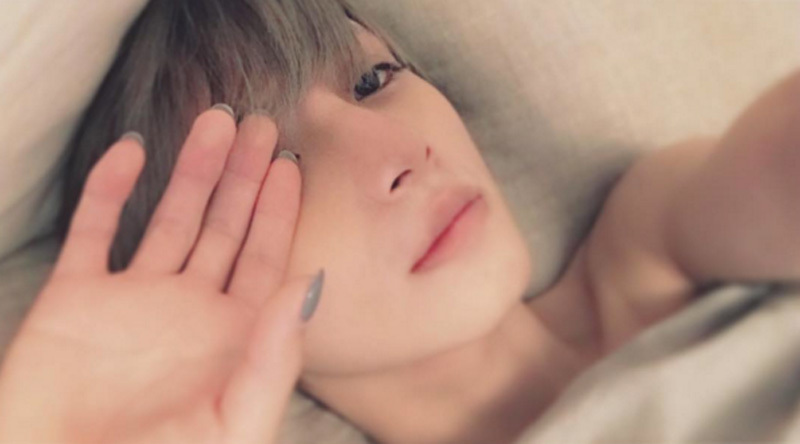
Over the past year, new Japanese style tribes have been popping up on Instagram and Tumblr. Gaining most traction in the Japanese media recently is a style that has become to be known as ‘Genderless Kei.’ Categorized by Japanese style blog Tokyo Fashion as “slim-bodied and cute-faced boys who dye their hair, wear make-up and colored contact lenses, nail polish, flashy clothing, and cute accessories. Genderless boys are not trying to pass as women — rather, they are rejecting traditional gender rules to create a new genderless standard of beauty.”
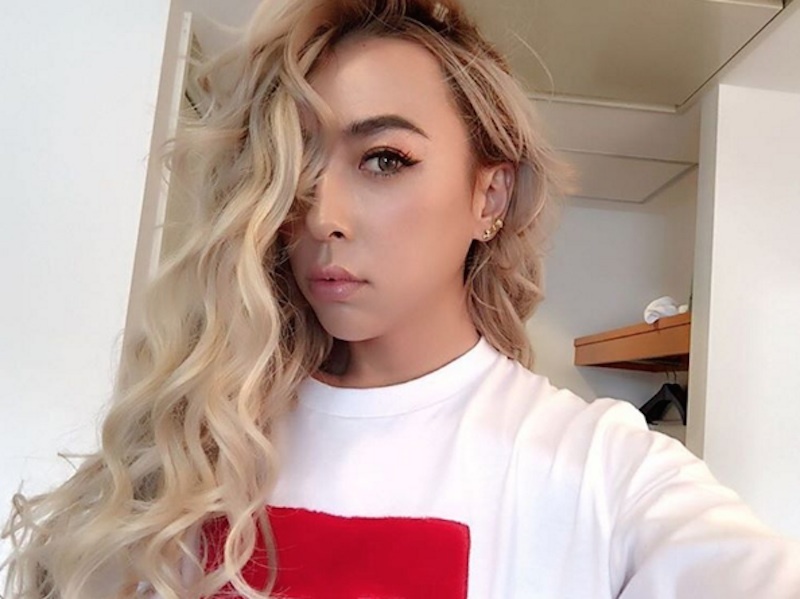
Also sometimes known as Neo-Ikemen, or new handsome boys, the style’s most prominent pioneers are Genking, a male-born Japanese TV personality who rocks red-carpet-worthy blonde hair and identifies as genderless, and Kondo Yohji, a J-pop singer and the male answer to Kyary Pamyu Pamyu.
Others include androgynous Instagram star Usuke Devil (nicknamed for his sharp facial features, and often featured on Tokyo street style blogs clad in Alexander Wang, Acne Studios and Fendi), and Pey, a plum-haired, up-and-coming genderfree fashion icon who works in a clothing boutique on Takeshita street and is known for his colorful androgynous style and kawaii eye make-up.
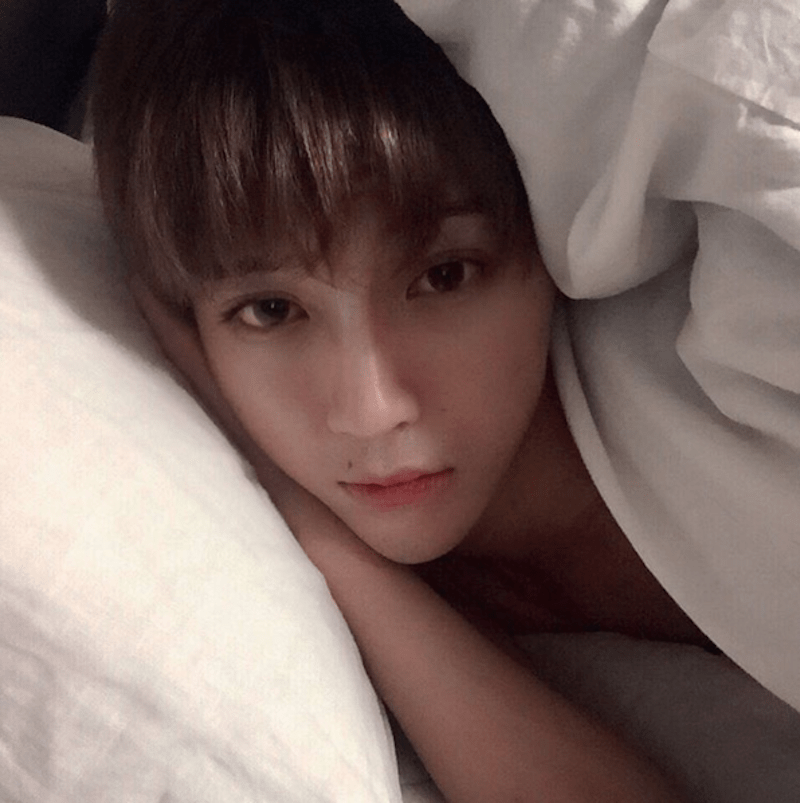
But where did it come from, and why now? Japan isn’t exactly known for progressive attitudes towards gender — a quick peek at its embarrassingly low statistics for women in government will tell you that. And although the government recently recognized same-sex marriages in Tokyo, homophobic and transphobic abuse continues to blight Japanese youth, where a don’t-ask-don’t-tell attitude towards sexuality and gender identity reigns. So why are more and more young men rejecting the gender binary when it comes to what they wear, and challenging traditional ideas of what it means to ‘dress like a boy’?
The increasing popularity of overly-groomed K-pop boy bands have had an effect, but there are other avenues to explore. Misha Janette, founder of Tokyo Fashion Diaries, and an expert on Japanese fashion explained that “South Korean style is definitely an influence, but Neo-Ikemen really grew from the obsession with handsome feminine boys in manga.” No wonder — it’s been estimated that the Japanese use more paper to print manga comics than they do to make toilet roll, making its influence on contemporary visual culture inevitable.
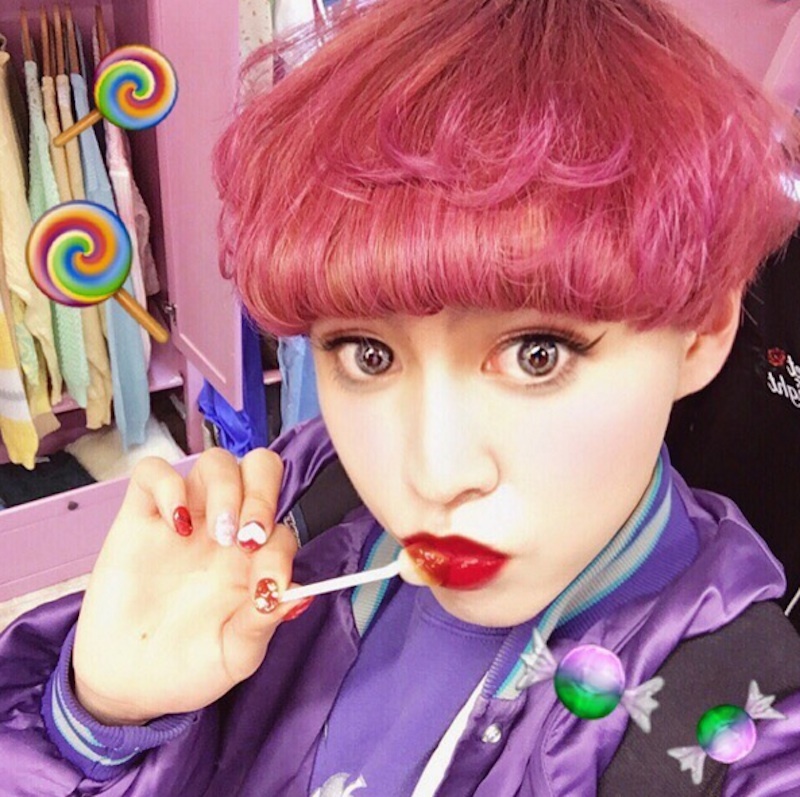
Of course, even with the most serendipitous genetic lottery, the perfection of a manga character is impossible to translate to real life (as Louis Vuitton has cannily clocked — its latest campaign eschewed a human model altogether in favor of Lightning from Final Fantasy). So it follows that the majority of the Genderless Kei tribe (mostly models, singers, and fashion boutique workers) use Instagram as their main platform.
While Genderless Kei seems to be a move towards unfettered androgynous beauty rather than an attempt to actually become a cartoon, the anime effect is clear: huge eyes, angular features, and preposterously-poreless skin. With no shortage of selfie-perfecting apps in Asia that promise a purikura (Japanese sticker photobooth) look IRL, it’s completely possible to reimagine yourself as a self-styled anime heartthrob through social media: the result is a handful of teens showcasing their lives through a sort of kawaii-themed Snapchat filter. Misha Janette thinks our instant accessibility to photoediting software is part of the reason Genderless Kei is becoming so popular. “The way that you can edit pictures on your phone means it’s possible to edit your face right away. So now, they exist through social media and Instagram, a guy can just edit his face and become popular purely for that.”
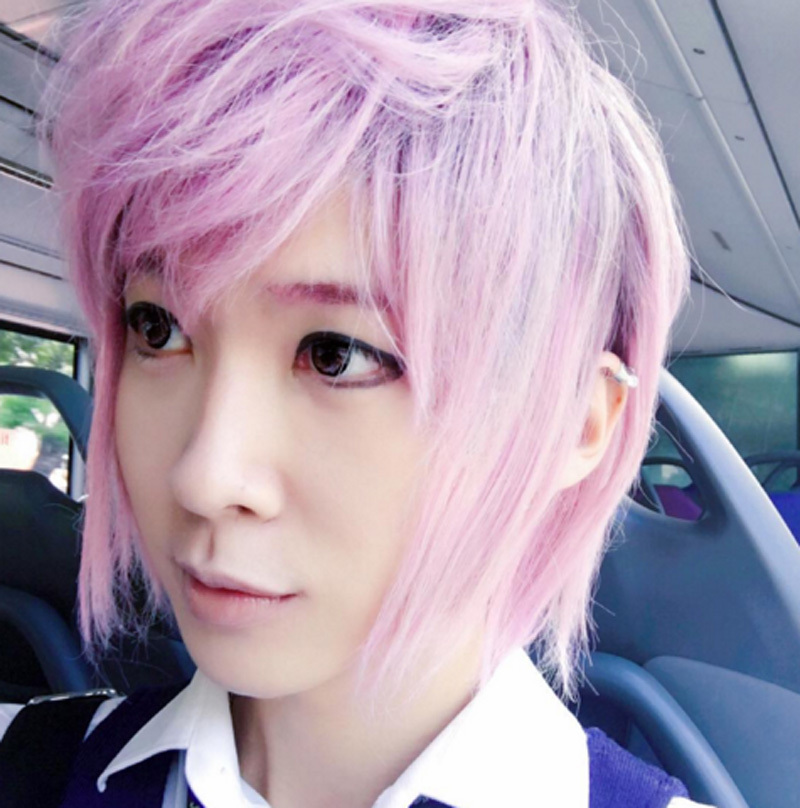
Although the trend for genderless dressing is still in relative infancy, with the reach of the internet, combined with Japan’s dependable cachet for cool, it’s steadily growing in popularity. Toman, a kind of de facto spokesman for Genderless Kei and member of J-pop band XOX, recently told Model Press Japan, “I think that there are a whole lot more boys like me now, especially in Harajuku. [Genderless Kei] has become so widespread now that before long it’s going to be considered something totally normal — or that’s how I want to make it.”
Although Japan’s subcultures are generally concentrated around Omotesando and Harajuku, the sharing-potential of the internet means Toman’s sentiment is increasingly likely. Whether Genderless Kei signifies a move towards a virtual, post-gender fashion world and a revival of Harajuku’s streets remains to be seen, but in patriarchal Japan, where the unwavering glass ceiling is a particularly sore issue, a few boys in sparkly nail polish can only be a good thing.
Credits
Text Ashley Clarke
